Philippines: $85 billion infrastructure spending in 104 projects
COVID-era flagship projects funded by a mix of government, private money
By Jay Hilotin
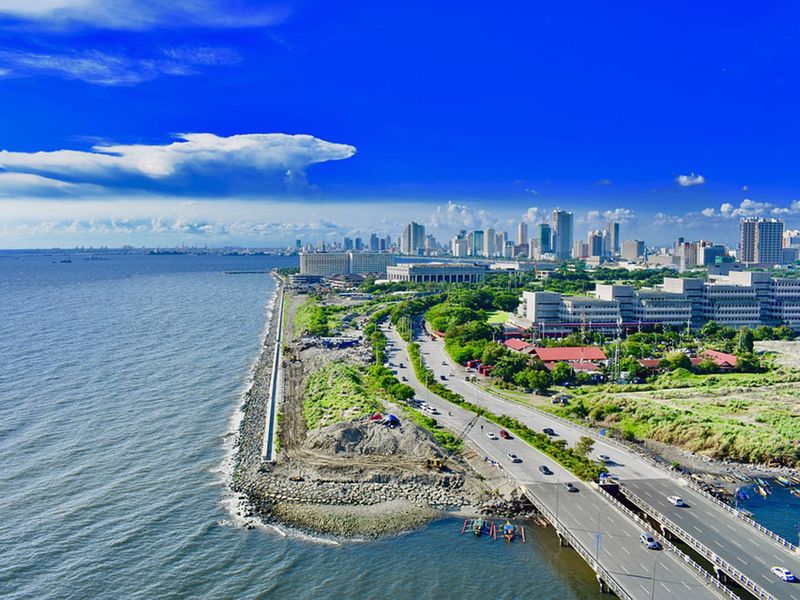
BEST PERFORMER: Pre-COVID, the Philippine economy ranked among the best performers in Asia. Socioeconomic Planning Secretary and National Economic Development Authority (Neda) chief Ernesto M. Pernia said they are well underway to covering most of the items in the new list of flagship projects — airports, bridges, highways and other ports, water ports and seaports. Duterte’s managers have expanded the “Build, Build, Build” pipeline, which now includes more than 100 big-ticket infrastructure projects.
Image Credit: Pixabay

$15-BILLION SECOND MANILA AIRPORT: Designed to accommodate up to 200 million passengers annually, Manila is building building a second international airport, with private money. In September, Philippine conglomerate San Miguel Corp. signed a $15-billion contract with the government to build Manila’s second aviation gateway, in Bulacan province, 30 minutes north of the capital. The build-operate-transfer (BOT) project, covered by a 50-year concession deal, calls for a new airport to decongest over-congested Ninoy Aquino International.
Image Credit: San Miguel Corp
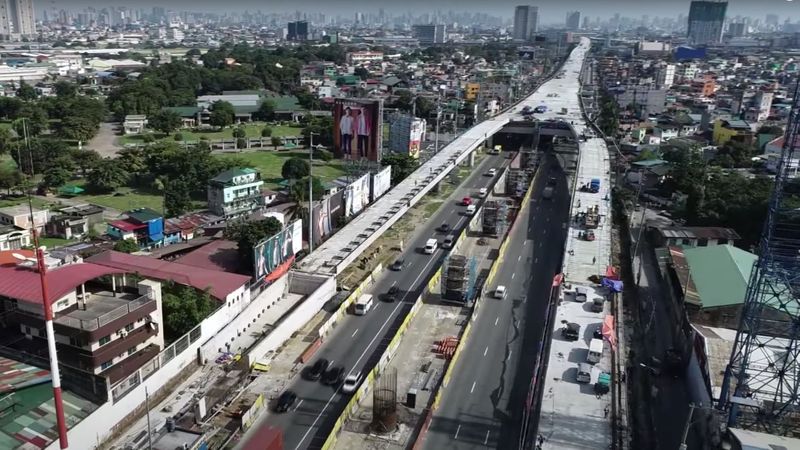
TRAFFIC-CLOGGED CAPITAL: According to some estimates, pre-COVID, it takes about 5 minutes to drive just one kilometer in Metro Manila’s notoriously gridlocked roads. This is the start of 40-km long “skyway”, one of the longest in Asia, that cuts through greater Metro Manila. Officially the Metro Manila Skyway System or Metro Manila Skyway, it is an elevated highway serving as the main expressway, following much of the existing South Luzon Expressway’s alignment by going above it. Construction started in 1999. It connects the major cities of the National Capital Region including, Makati, Manila, Muntinlupa, Paranaque, Taguig, Quezon City, Caloocan, Pasay and San Juan.
Image Credit: File / Screengrab
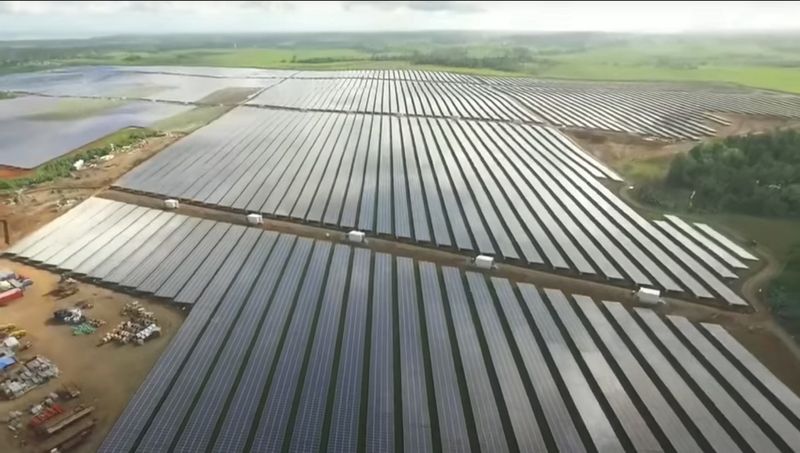
POWER HUNGRY: Philippine power projects include the LNG Import Facility (2021) at the cost of $2 billion, the $120 Calatagan Solar Farm (2016), the $200 million Cadiz Solar Power Plant (started 2016), the $1.2-billion Mariveles Coal-Fired Power Plant (2016). At 175 hectares (1.75 million sqm), the Cadiz Solar power project is the largest solar project in Southeast Asia.
Image Credit: Screengrab
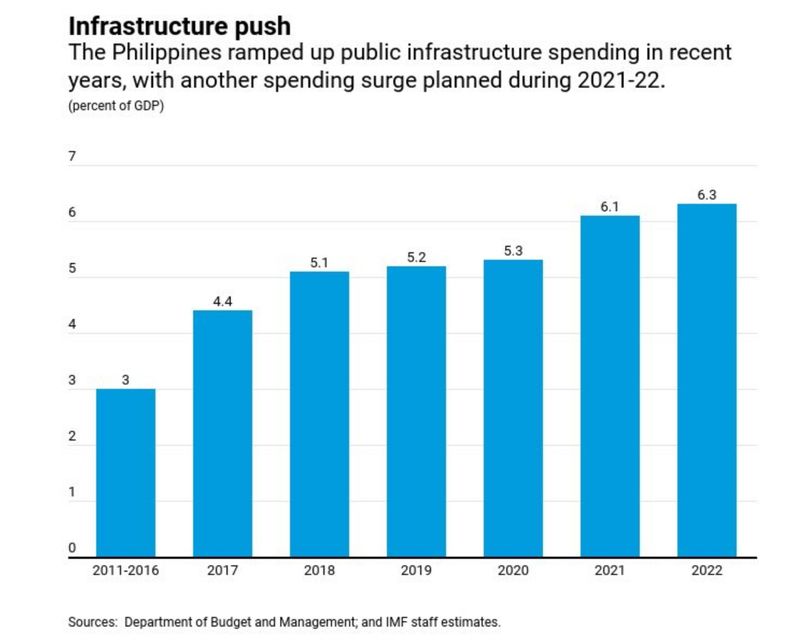
$85-BILLION INFRASTRUCTURE WARCHEST: As of August 19, 2020, the Philippines’ National Economic Development Authority (Neda), has listed 104 flagship infrastructure projects funded by both the government and private sectors, primarily through public-private partnerships. The big-ticket projects on the Neda is valued at Php4.130 trillion ($85 billion), including airports, seaports, highways, trains, and power plants. [Source: https://bit.ly/3cYAXbX]
Image Credit: IMF / Neda
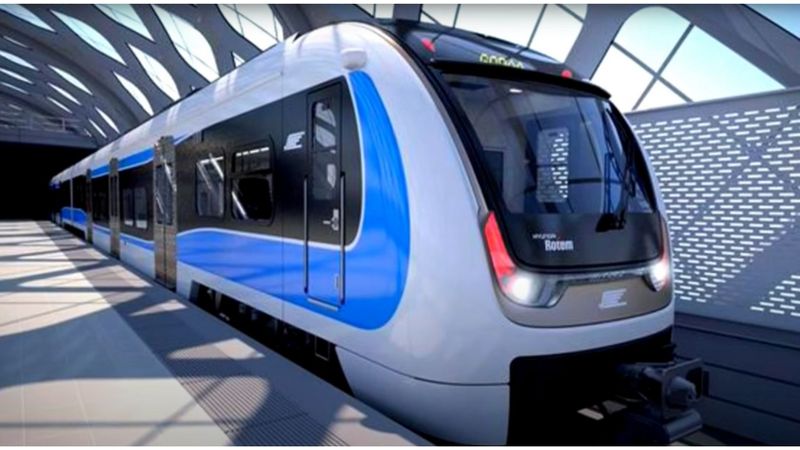
$8.10-BILLION MEGA MANILA SUBWAY: With an estimated cost of PHP393 billion ($8.10 billion in October 2020 dollars), drilling for the Metro Manila Subway started in the Q3 of 2019. It is slated to partially open in 2022 and to be fully operational by 2025. The government-funded subway project will have 17 stations, covering 35 kilometres (originally, 15 stations were planned) stretching from Quezon City to Ninoy Aquino International Airport (NAIA) Terminal 3 in Pasay City. The line is the most expensive transportation project undertaken by the Duterte administration.
Image Credit: File / Screengrab
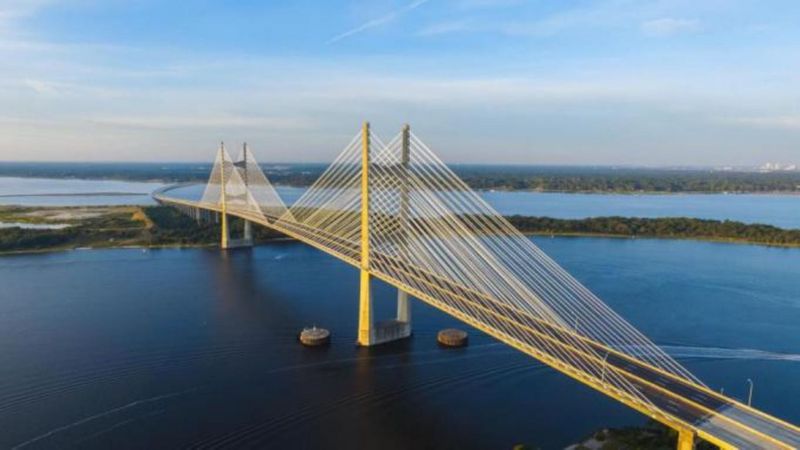
BIG-TICKET PROJECTS: The Philippines is raking in massive private-public partnership projects to the tune of Php1 trillion ($20.62 billion) approved at the start of 2020 (pre-COVID). More projects had been approved recently, such as the $15-billion second airport for Manila (signed in September 2020). The new airport is aimed to relieve congestion at the notoriously overcrowded Ninoy Aquino International. The main agency tasked to approve fresh investments is the Interagency Investment Coordination Committee-Cabinet Committee (ICC-CabCom), led by Neda. Photo shows a bridge between Mactan and Cebu islands in central Philippines. A fourth bridge connecting the two central islands had also been approved.
Image Credit: File / Screengrab
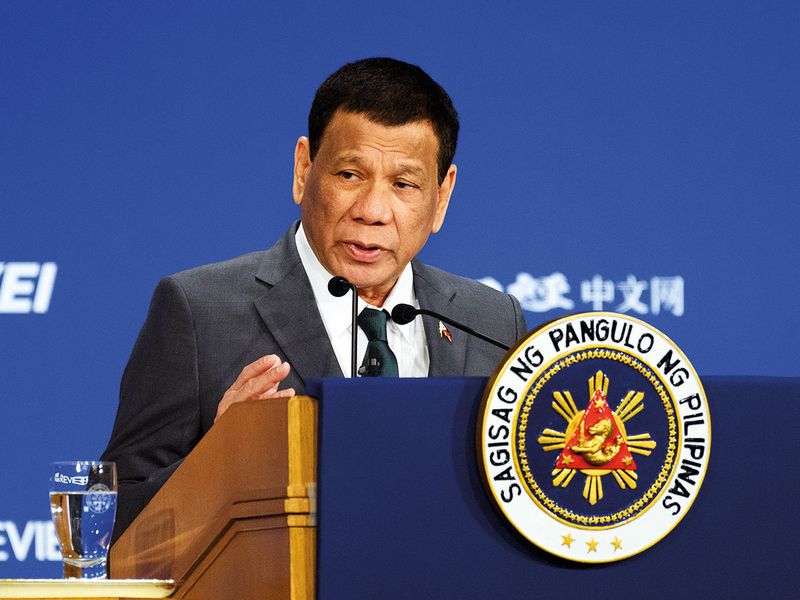
BUILDER: Structural economic reforms under the watch of President Rodrigo Duterte and his predecessor (ex-President Benigno Aquino), helped the Philippine economy grow, on average, by 6.3 percent annually over the last decade, according to the International Monetary Fund, in a February 2020 report. The agency lauded the country’s sound macroeconomic policies. A December 2019 survey showed that most Filipinos deemed that the Duterte administration was building infrastructure “better” than the previous government. On December 21, 2019, Duterte’s economic team approved 12 new private sector-led projects worth a total of P626.1 ($5.4 billion) in order to roll them out in 2020.
Image Credit: Bloomberg
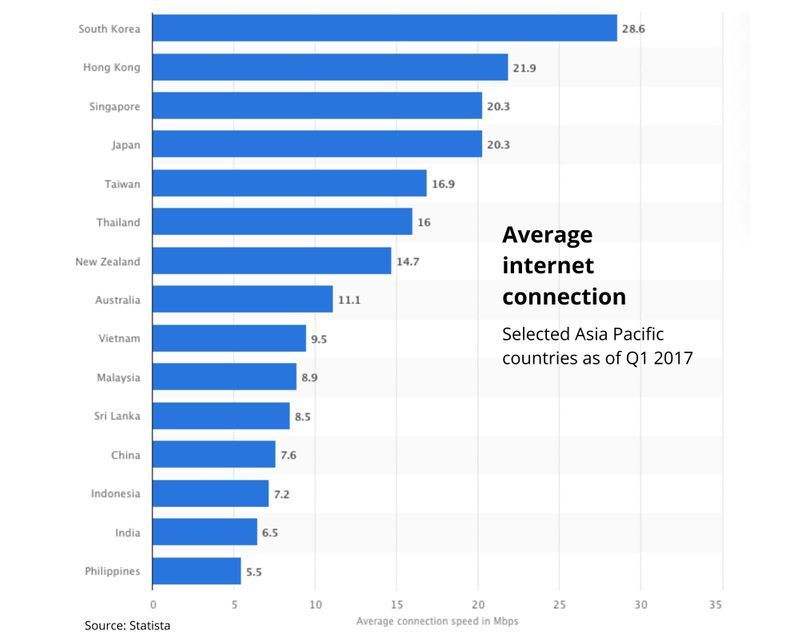
SLOW INTERNET SPEED: Internet speed in the Philippines is among the slowest in the world. This is thanks in part to under-investment, poor government policy and the country’s archipelagic nature (more than 7,500 islands). It is also thanks, in part, to the virtual duopoly of Globe Telecom and Smart Telecom. In a 2018 test, measuring the average download speed of a 5GB file, the Philippines ranked 97th in the world (at 1hr 52min) compared to 8min in Taiwan, 9 min in its Asean neighbor Singapore and Thailand at 37 minutes. Slow internet speed puts the country at a great disadvantage. There used to be 10 licensed national telcos in the Philippines, when then-President Fidel Ramos broke the back of the PLDT monopoly. A third license [Source: https://bit.ly/33jvwB5]
Image Credit: File / Screengrab
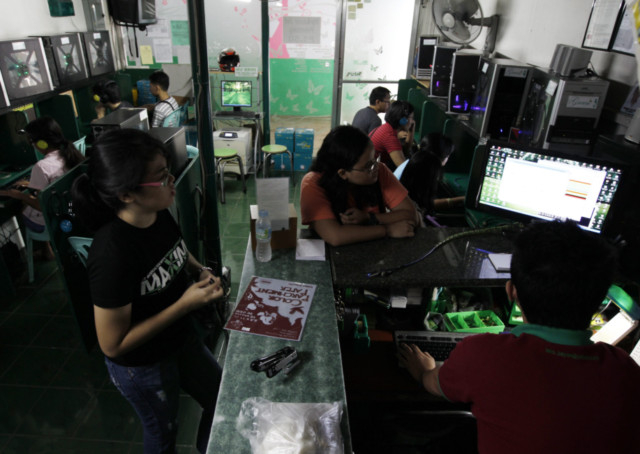
FROM MULTIPLE OPERATORS TO DUOPOLY: There used to be 10 telephone companies in the Philippines following the opening up of the sector and the end of PLDT’s virtual monopoly, which was broken by then-President Fidel Ramos. Industry consolidation in the last 30 years has seen only two dominant players today. This year, the Duterte government gave the green light to a new operator, Dito Telecom, which promises to use the latest 5G technology, install 10,000 cell sites and roll out services by March 2021.
Image Credit: EPA
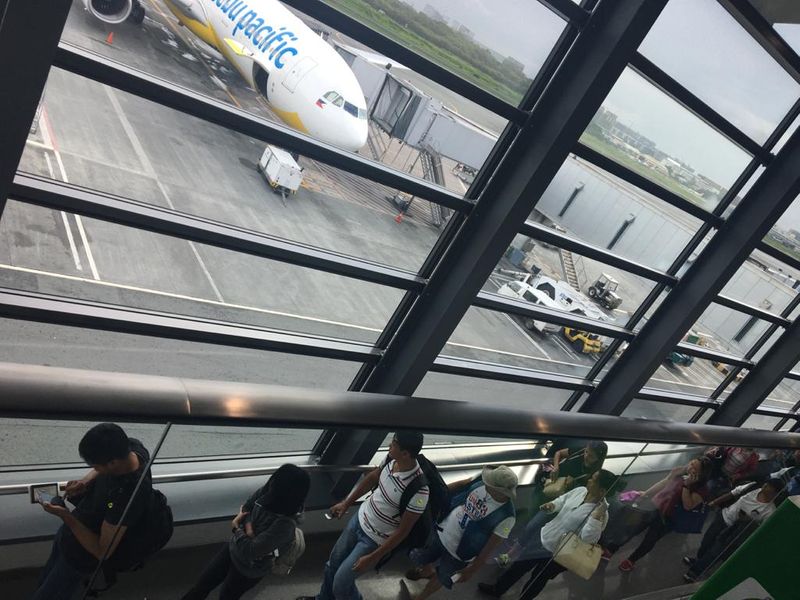
PPP AIRPORT PROJECTS IN MINDANAO: In late 2019, the Philippines’ National Economic and Development Authority (NEDA)-led investment committee approved two unsolicited public-private partnership (PPP) airport projects: (1) the Php48.9-billion ($1.01 billion) operate-add-transfer (OAT) proposal for the Davao International Airport, led by Chelsea Logistics Holdings Corp. of Dennis Uy, and the (2) Php45.8-billion ($940 billion) OAT proposal for the Laguindingan Airport, led by Aboitiz InfraCapital Inc.
Image Credit: Gulf News file
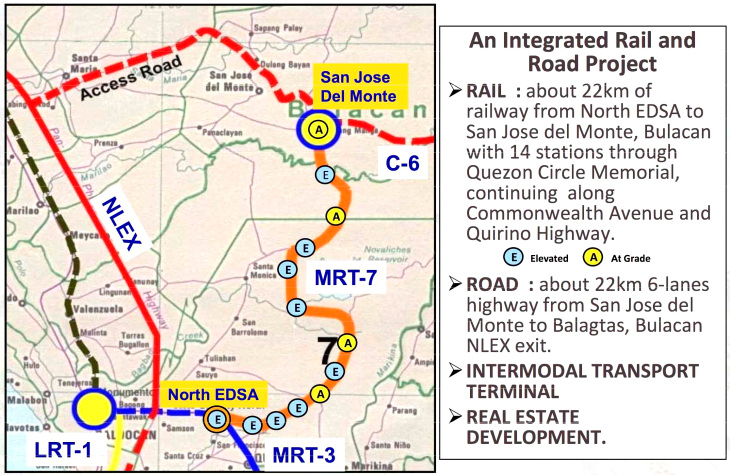
APPROVED: Also approved were the following projects — Metro Rail Transit (MRT) 4 that will run between Ortigas Center (in Manila) and Taytay, Rizal; Edsa Greenways Project; Maritime Safety Enhancement Program; Bataan-Cavite Interlink Bridge Project; Cebu-Mactan Bridge (Fourth Bridge) and Coastal Road Construction Project (New Mactan Bridge Construction Project) Davao City Coastal Bypass Road, including Chinese grant-funded Bucana Bridge Project in the southern part of the city Capas-Botolan Road Project Panay-Guimaras-Negros Island Bridges Project, soon to be the country’s longest and to be also financed by official development assistance (ODA) from China.
Image Credit: Universal LRT
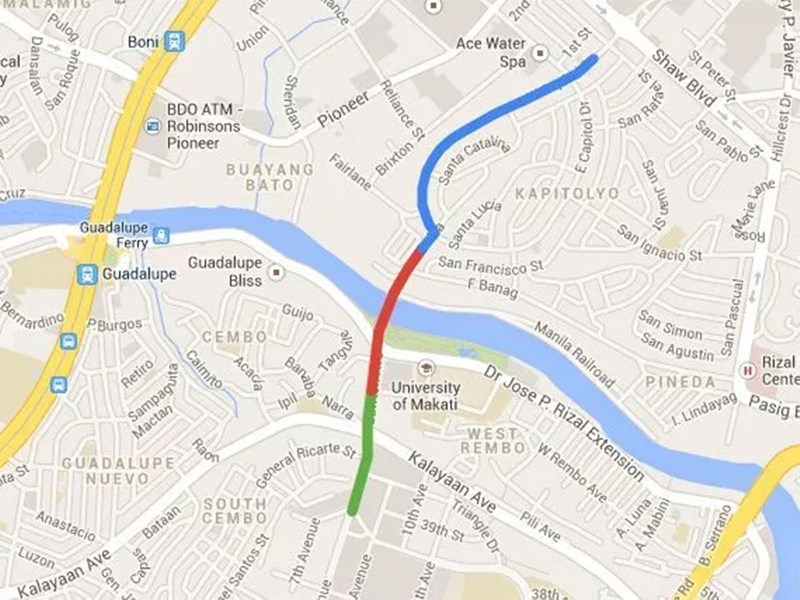
FORMING LINKAGES: The Bonifacio Global City (BGC)-Ortigas Centre Link project. The IMF stated that sustaining and sharing the benefits of the country’s growth among its citizens will require policymakers to focus their attention on issues such as costly geographical barriers to trade, high levels of poverty and income disparities, the rise of new digital technologies, and climate change
Image Credit: Supplied
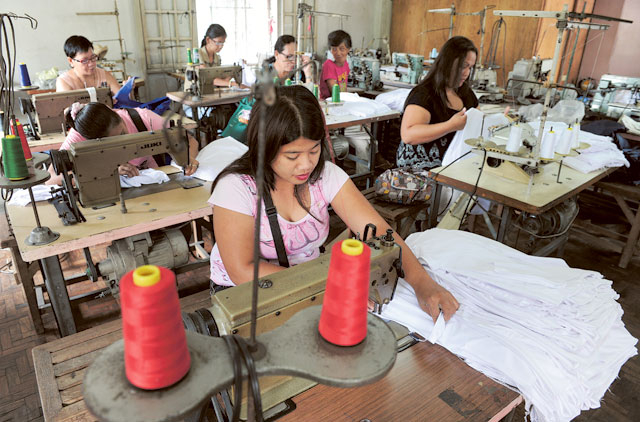
CHALLENGES: Women sewing clothes under contract with local clothing manufacturing in Manila. IMF said that sustaining and sharing the benefits of the country’s growth among its citizens will require policymakers to focus their attention on issues such as costly geographical barriers to trade, high levels of poverty and income disparities, the rise of new digital technologies, and climate change.
Image Credit: AFP
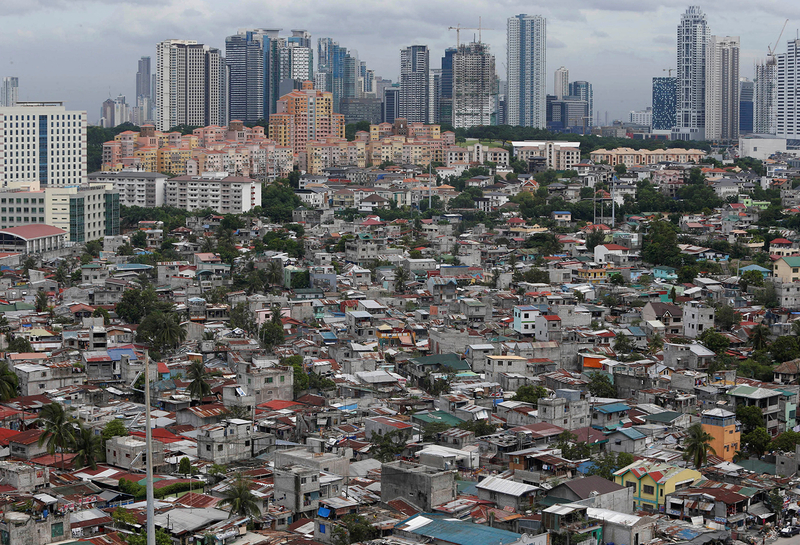
TRANSPARENCY, FOREIGN OWNERSHIP, POVERTY: Poor residential district and squatter colonies are seen hear high-rises and skycrapers in Manila. Strengthening the public procurement process is a key priority. IMF said greater competition and transparency would help in managing costs and reducing risks of corruption. Moreover, allowing greater foreign participation in domestic projects would increase competition and help ease constraints in domestic capacity.
Image Credit: REUTERS
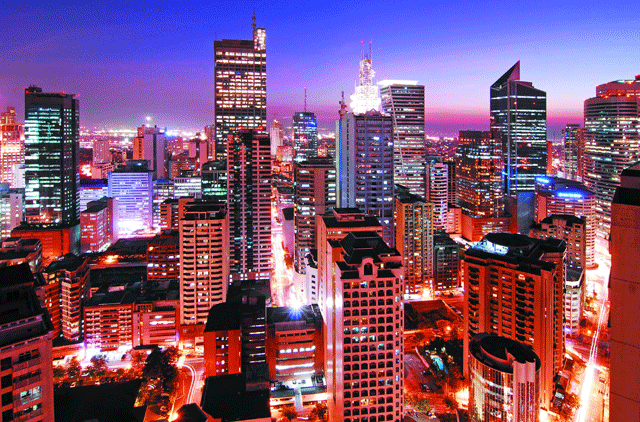
MANILA SKYLINE: Lowering obstacles to foreign investment (the general rule for foreign equity in the Philippines is 40%) would not only help the infrastructure push but also stimulate private investment. Despite recent progress, high barriers to foreign direct investment remain in the Philippines. Implementation of the ease-of-doing-business law would complement efforts to cut red tape as well as to increase transparency and accountability of regulatory agencies.
Image Credit: Supplied
Source: Gulf News
